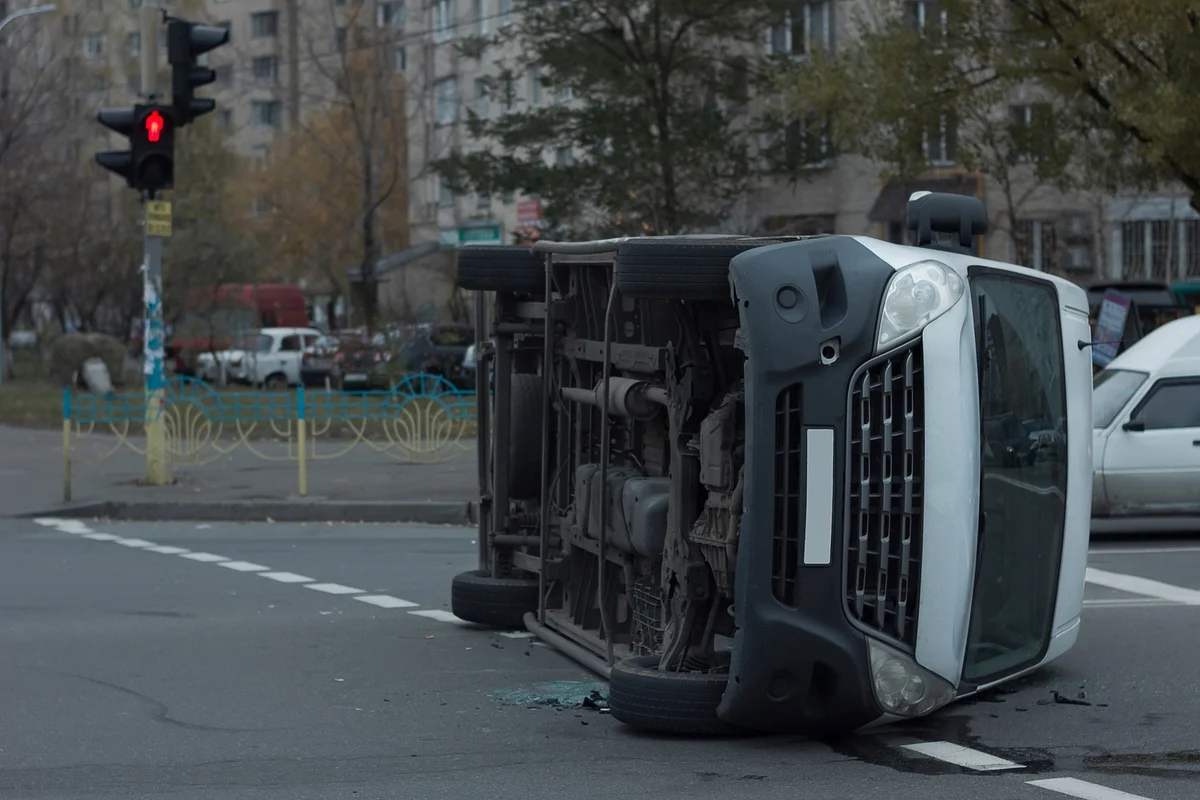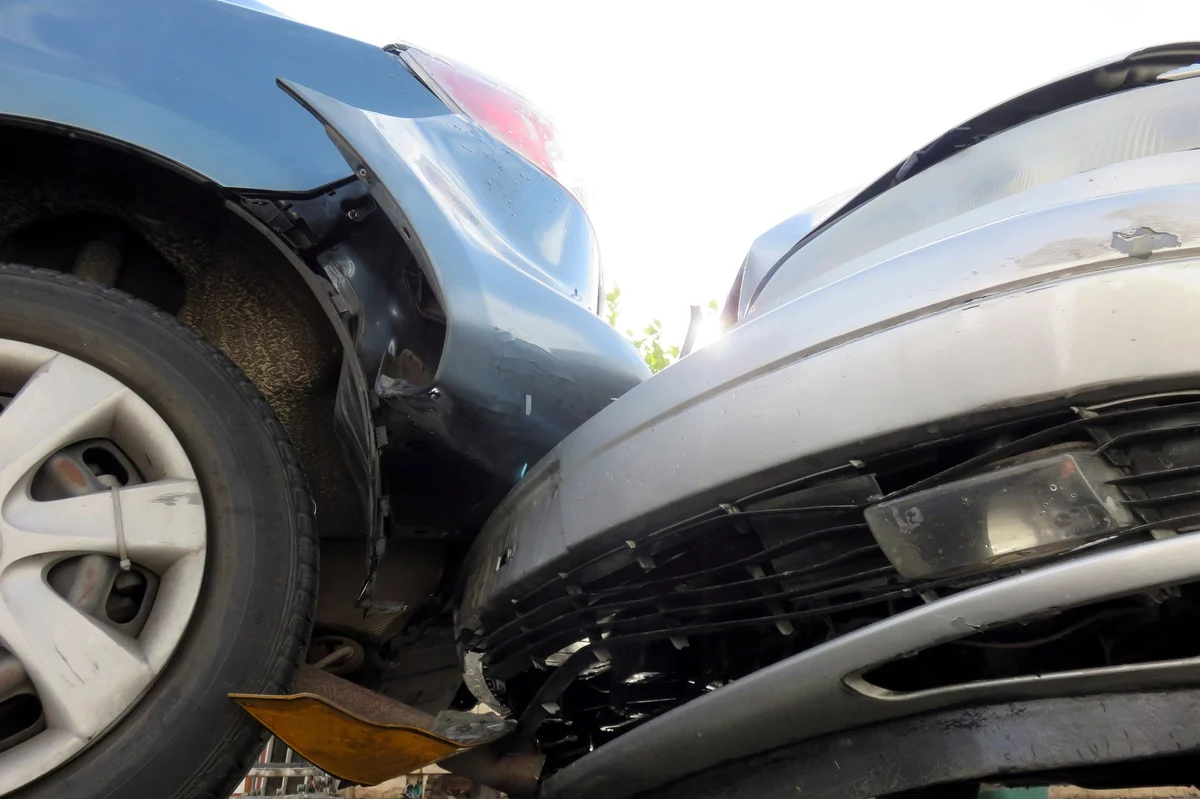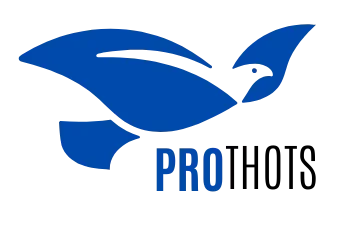Blog
Who’s Liable in a Company Vehicle Crash? Navigating Vicarious Liability and Negligence

When someone driving a vehicle for work causes an accident, it’s not always clear who should take responsibility. Is it the driver? The company that owns the vehicle? Or maybe even someone else? Understanding who is liable means knowing your rights and how to get fair compensation for any damage or injury caused.
In these situations, two legal ideas are especially important: vicarious liability and negligence. These terms might sound confusing, but they really break down who might be responsible and why. If you or someone you know has been in a crash involving a company vehicle, your very first step should be to speak with attorneys specialized in company vehicle collisions.
What is Vicarious Liability?
Vicarious liability is a legal term that might sound complicated, but it’s pretty simple. It means that one person or organization can be held responsible for the actions of someone else. In company vehicle crashes, this usually means the company can be responsible for what their employee does while driving on the job.
For instance, assuming you’re driving a company car or van during your job, the company owns the vehicle and sends you out to do the work.
Because you are acting on behalf of the company, the law says the company shares the responsibility for what happens while you’re driving.
This is called vicarious liability.
The idea behind it is that companies should make sure their workers are safe and careful on the road because their vehicles and drivers represent the business. So, if a driver messes up and causes an accident, the company might have to answer for it, too.
How Negligence Affects Liability

Negligence means someone failed to take reasonable care, and because of that failure, someone else got hurt or their property was damaged. In the context of company vehicle crashes, negligence usually refers to careless or reckless driving that causes an accident.
Negligence isn’t just about the driver’s behavior. It can also include things the company did or didn’t do that contributed to the accident. For example, if the company failed to properly train the driver or ignored signs that their vehicles weren’t safe, they might be considered negligent.
Negligence can also apply to the driver alone if they were speeding, distracted, or breaking traffic laws when the accident occurred. When negligence is proven, the person or company who was careless can be held responsible for damages.
Who Can Be Liable in a Company Vehicle Crash?
Liability in company vehicle accidents can be shared or fall on different people, depending on the situation. Here’s a detailed look at who might be liable:
The Driver
The driver is usually the first person to look at when a crash happens. If they were careless, reckless, or breaking the law, they might be personally liable.
This means they could be responsible for paying damages or injuries caused by their actions. For example, if they were texting while driving or running a red light, their negligence makes them liable.
The Company
The company can be liable in two main ways: through vicarious liability and through their own negligence. If the driver was working for the company when the crash happened, the company might share liability even if they did nothing wrong directly. That’s vicarious liability.
However, companies can also be liable on their own if they don’t properly train the driver, keep vehicles in bad condition, or don’t have clear safety policies. If the company failed in these areas, they could be negligent and responsible for damages too.
The Vehicle Manufacturer
Sometimes, the accident might be caused by a mechanical failure or defect in the vehicle itself. If a problem with the vehicle caused the crash, the manufacturer of the vehicle could be liable. This is a separate area of liability called product liability.
